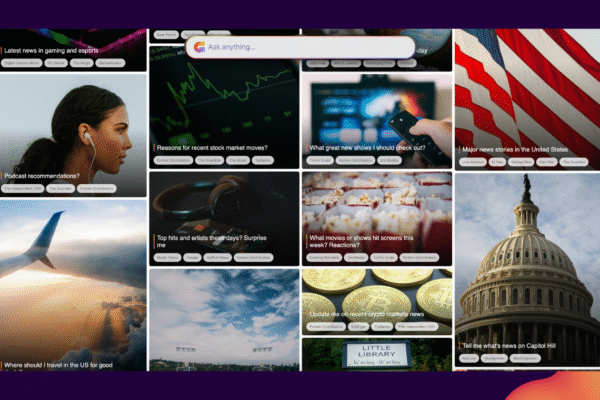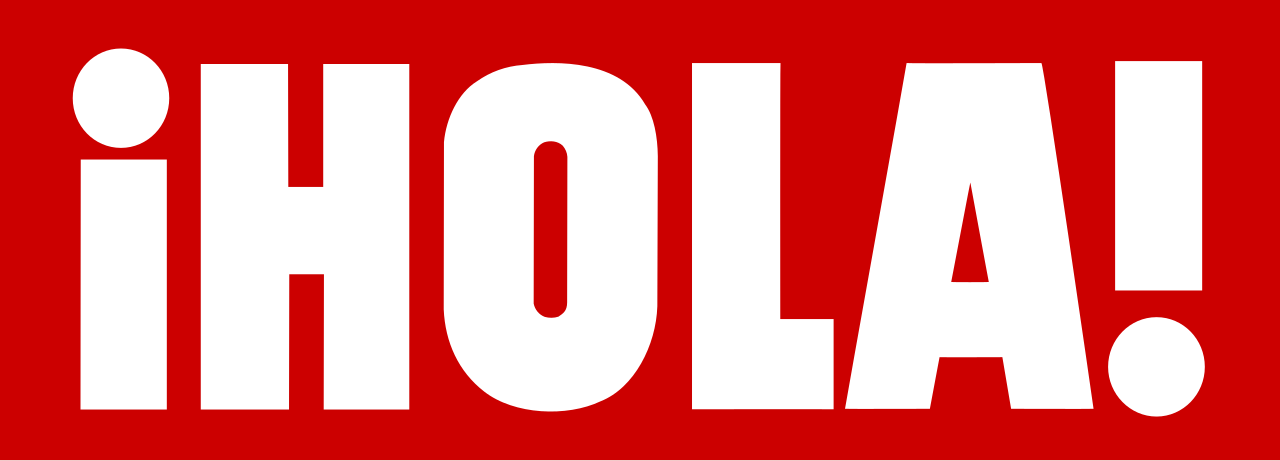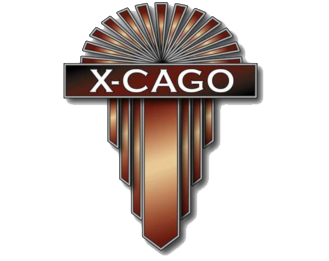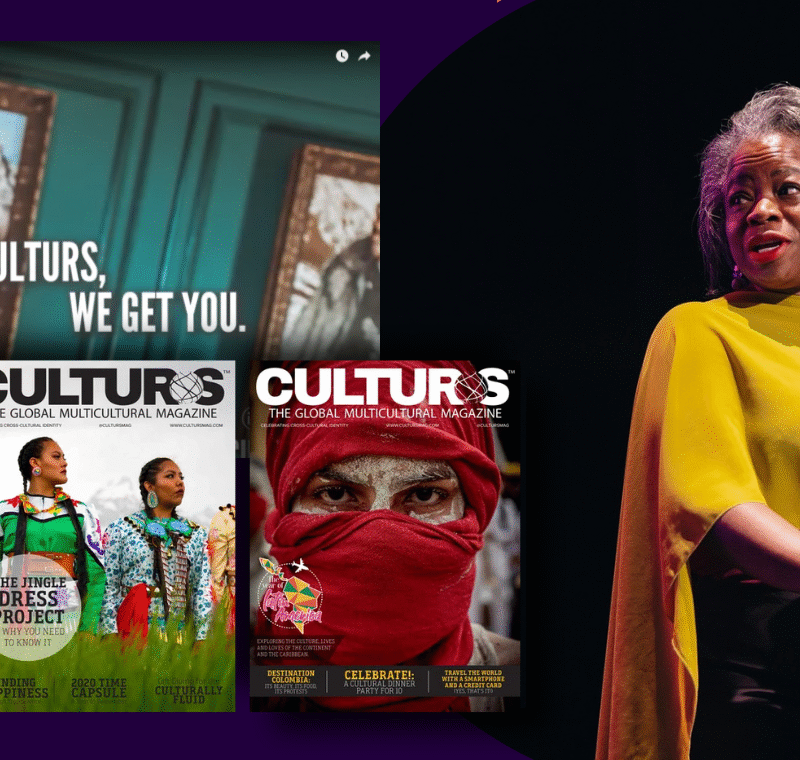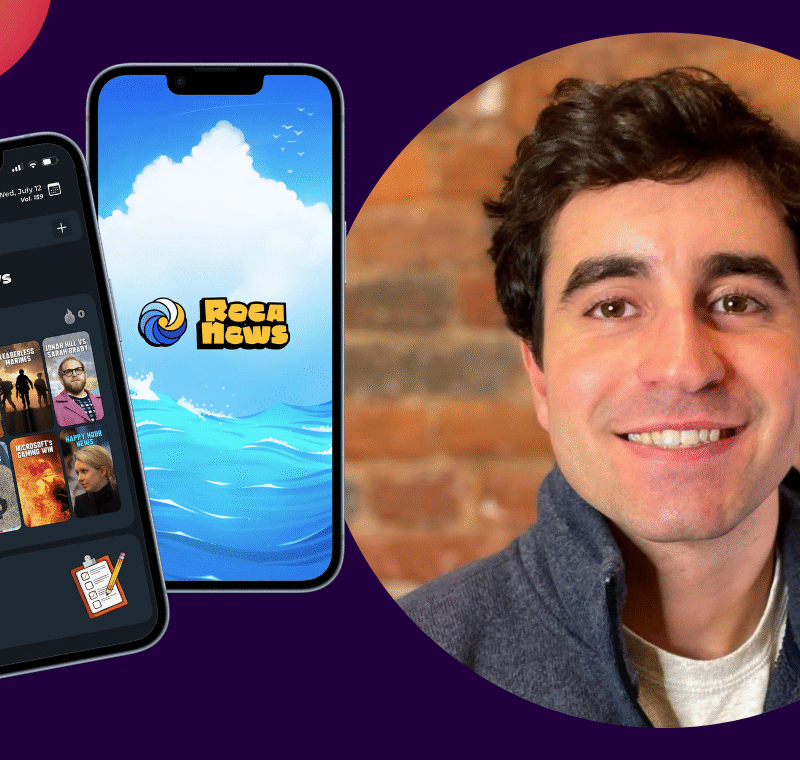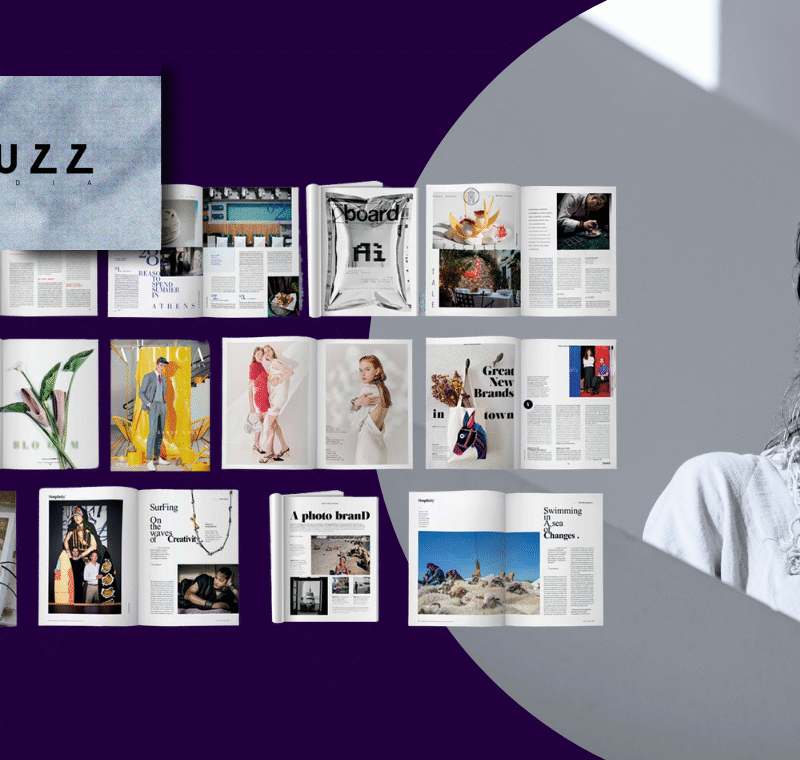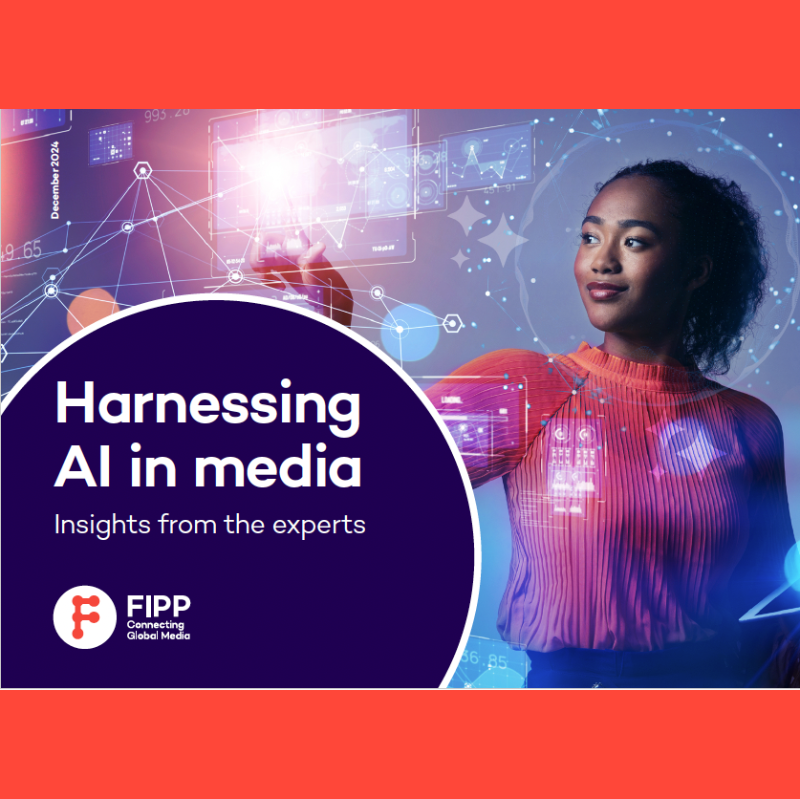“Lean in now”: Annelies Jansen on how AI can work for publishers
With one billion people already using AI tools, publishers face an urgent choice: build AI engagement into their platforms or risk losing audiences for good. At the FIPP World Media Congress, Annelies Jansen, Co-founder of ProRata, will explain how publishers can take control of AI, attribution, and monetisation.
This is your first time attending the FIPP World Congress. What will your presentation focus on?
Yes. ProRata only launched in August last year. Our tool, ProRata for Publishers, allows them to generate AI engagement on their own platforms – preventing users from going to Perplexity, Claude, or elsewhere. A billion people already use AI tools. Our mission is to enable fair credit and fair compensation for all content used in GenAI, and for that you need to be able to count it.
So we built an ethical AI engine, where each answer comes with attribution and monetisation through an AI ad. In the workshop I’ll take people through that whole process of becoming a partner with ProRata and using AI for user engagement.
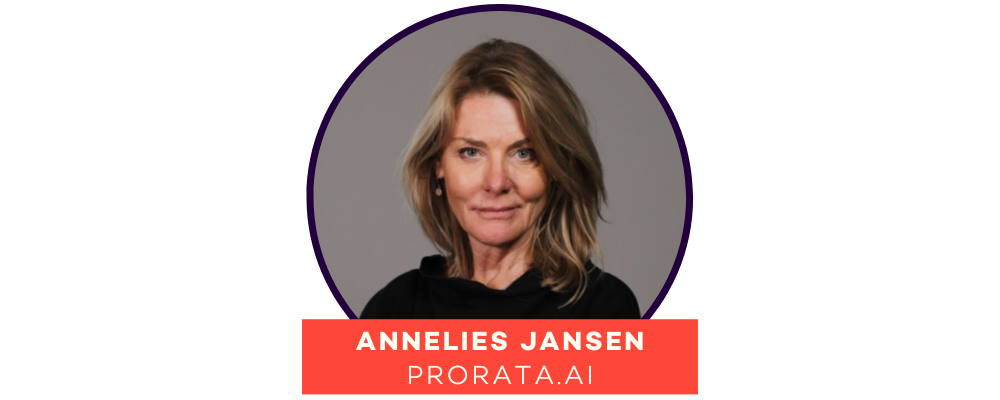
Right now many publisher AI strategies are focused on “locking the back door” – bot detection, keeping scrapers out and so on. What’s really needed is for publishers to understand how AI can be part of their editorial strategy and their UX. If you don’t invest in this today, users will go elsewhere.
How does that work in practice?
You bring AI to your own media channel. What we’ve designed is what I call an ‘AI Companion’, which lives within your channel and only uses licensed content. There’s no scraping, no stealing.
You can ingest your own archive into our AI search so users can query it directly. But there’s also a network effect: imagine 10 publishers all using AI Companions on their channels, drawing from a corpus of 500 media titles. Your archive then becomes visible across all of them. With 20 or 30 partners, the reach multiplies.
We’re building a trusted network of publishers who all ingest their content into our ethical AI search engine. That can be integrated into your media channel, creating a content network based entirely on licensed content. To deliver answers, you need scale. That’s why the network effect is so powerful.
You describe ProRata as an economic model. How does monetisation work?
The AI search advertising market is going to explode. More users will go to AI, and they won’t all pay subscriptions. So there will be a new class of ads: AI search ads. That market is projected to be worth billions in a few years.
We created an AI search ad unit that looks at the prompt, the answer, and available advertiser content. Instead of keyword matching, the agent interprets the prompt – which is often 13 or 14 words – and matches it with relevant advertiser material. It creates an ad on the fly.
If you have an AI Companion on your page and ask: “Where do I buy the best cakes in South London?”, you’ll get an answer and an ad. The revenue from that ad is split 50/50 between ProRata and the contributing publishers. If three content sources contributed, they share that 50% pro rata. That’s a lot more than the traditional Google model, where nothing came back to publishers.
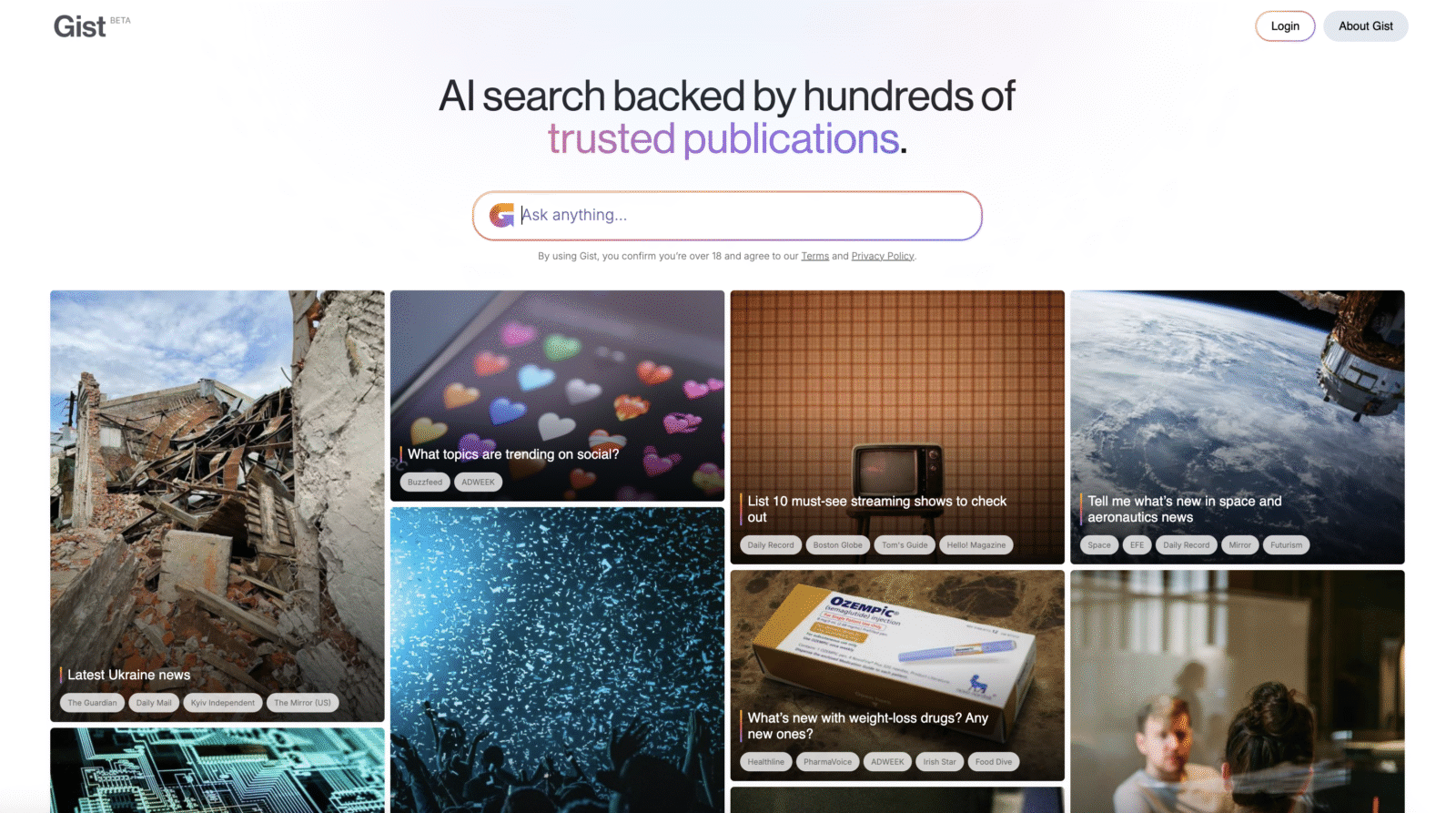
How do you expect users to react to ads tied to their prompts?
This is cookie-less; it knows nothing about me as the user. It simply matches the words in the prompt to relevant advertiser content. So it’s anonymous, GDPR-compliant, and very different from surveillance-based models.
You’ve worked in media and tech for over two decades. How did you come to focus on AI?
I worked for large media corporations, including almost five years with Meta. Transformation has always been part of my work. I was the one telling editorial teams “the internet is here to stay” and that they had to make their websites delightful.
With AI, my journey began early last year. Once I got beyond the novelty of ChatGPT, I took a deeper dive into how the ecosystem works – and the lawsuits. I got very upset. I care deeply about journalism, and I thought: this is happening again, only worse and faster. Media companies are waiting for small payouts from Big Tech instead of looking at where the user is going.
I met Bill Gross, who had the same idea, and we launched ProRata. Now we have more than 100 media partners, with AI Companions live since June. For editorial teams this is very exciting – understanding how an AI element lives on their page, and how they can control it.
What concerns do publishers raise when they talk to you?
It varies. Some are very leaned-in and want us to teach them everything. Others are early in the journey. But broadly the questions fall into three categories:
- Technology: “Can I trust your attribution?” If an answer cites the Guardian at 50% and Good Housekeeping at 25%, publishers need to know that’s accurate.
- Content: Who else is in the network? We work with associations like the News Media Alliance in the US, WAN-IFRA, and the PPA in the UK, so partners meet editorial standards.
- Monetisation: How does the ad revenue work? How are we building demand and supply?
You’ve been at the forefront of shifts from print to digital, and now to AI. What makes you good at driving these changes?
I love to build – partnerships, ecosystems, products. I tell partners: we are here to bring you incremental traffic, engagement and revenue, and it’s going to be really easy to work with us. That simplicity defines us.
I’ve worked in media and tech for 25 years, so I have a strong network. I also bring global awareness from building businesses for Facebook. And I’m deeply connected to the mission: I want to make sure there’s a future for journalism. Traffic to traditional players is not what it used to be. You’ve got to lean in, and you’ve got to do it now.
Finally, what’s your message to publishers about AI?
The opportunity is to build an additional relationship with your user – this time within your control. And it’s easy. It’s not like building your first website 20 years ago.
So don’t wait. If you haven’t started already, start tomorrow. Start with your users. Optimise your workflows, close the back door, but most importantly, engage your users with AI on your own platform. Because if you don’t, they won’t wait for you.
The FIPP World Media Congress takes place in Madrid, Spain, from 21-23 October 2025.
This event will bring together media professionals from across the globe for three days of insightful discussions, keynote presentations, workshops, and unparalleled networking opportunities. Whether you’re a seasoned industry leader or a rising innovator, the FIPP Congress promises to be an unforgettable gathering that will shape the future of media.
See the agenda here and the list of speakers here.
Book your place with the Summer Special Rate, ending 31st August.
SPONSORS

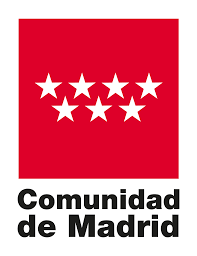
FIPP CENTENARY PARTNERS
 |
| UPM Communication Papers FIPP Strategic Partner 2025 |
SILVER PARTNERS
EVENT ORGANISED IN PARTNERSHIP WITH
MEDIA PARTNER

